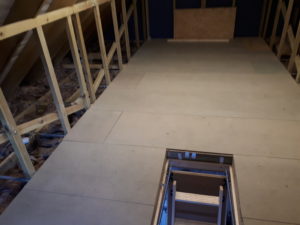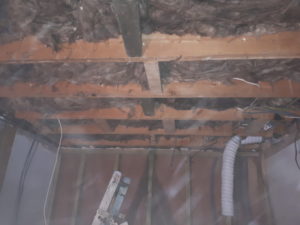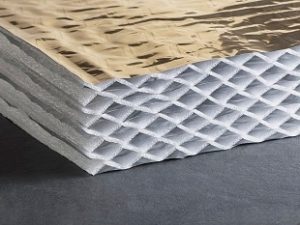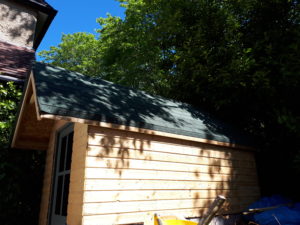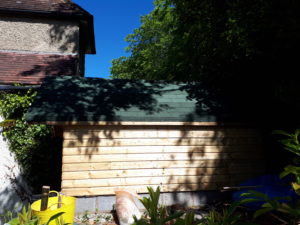With the current situation, people are finding themselves at home a lot more and looking at jobs to do.
A great way to freshen up your room or property is to give it a coat of paint. So below are some tips to decorating..
1) Firstly I have a good friend who is a decorator so for him straight of the bat lets say my first tip is to employ a professional to do the awkward bits. Now if your like me I can roller the walls all day long and it look ok but my cutting in is not all that. You could ask the painter to do all the cutting in for you then you do the rolling yourself!
2) If you decide to do it all. preparation is key. My wife gets sick of waiting for me to do things around the house, we have had many an argument when she decides to take the ball by the horns and just slap some paint on the walls. This then ends up on the carpet, the windows (everywhere). So get everything covered up. I end up with more on me and the dust sheets then on the wall so this has saved me a few times. I like to use masking tape to stick down by the skirting boards. Also there is great products out there at the minute where its a plastic that sticks to the carpet or laminate, Really easy to use and can then be peeled up and thrown away when finished with not so much as a spec left behind. I find with the old hessian type sheets they can often let the paint weep through.
3) Carrying on with preparation in mind, the walls will need preparing first, So by this I mean fill holes, stain block any strange stains that have appeared. Then sand down any filling also sand down the woodwork. The wood work needs a rub over with sand paper to give a key to the new paint.
4) Once you have done this give the area a clean up get up all the dust you have just made from sanding down everything. This prevents the dirt getting on the walls when painting.
5) Give the ceiling a paint. Get the ceiling complete first before you move on. Rolling will spray fine specks of paint so by doing the ceiling first eliminates the chance of if flicking over the walls.
6) Cut in all the edges so where ever it abuts a wall, ceiling or skirting board. use any size brush that you rare comfortable with a 2″ is good for the finer work a 4″ is good for the wall abutments.
7) At this stage use a decorators caulk and caulk in all the edges. this gives the edges a nice uniform finish and gives your something to cut into for your final coat. Also use some light sandpaper and give the walls a really light rub. this just take of any drips or bits of dirt from the first coat.
8) What I would do next if give the wood work a once over either with the undercoat or if you are using satin then the first coat of this.
9) Usually walls and ceilings take 2 coats to get it looking good. But this will change if you have a very dark colour. Do a cut in then a roller. Give it time to dry (Touch test) then cut in and roller again. Leave it to dry then see what it looks like if it looks solid then all good. Otherwise repeat.
10) Once the walls are looking good do the final gloss or satin wood on the wood work. Gloss is harder wearing but requires more work. For a quick freshen up most people use a satin wood. Its not as hard wearing as gloss but the upside is you can go over it with less prep work so can keep it looking fresh.
11) If you take anything from this take this tip away get a decent roller/sleeve. A 12″ long pile is best. They usually cost around £10 and are worth it. With this you will need a roller frame and a scuttle. But these beat the pants of the DIY ones where you use the throw away tray. Once they have the paint deep in them you will minimise the amount you get paint and it spreads the paint better on the walls.
12) When rolling be sure not to leave the roller marks try and leave it looking even with not scars. This also applies to the brush if you leave brush marks they always stand out try and leave it with minimal marks.
13) There are loads of makes of paint now all I would say is maybe think about where the trades go and take pointers from them. Trade paint is usually the better stuff and nowadays any colour can be mixed.
Hope this helps you and if there is anything else you would like tips on leave comments in the boxes below.
Happy painting..
Toby

